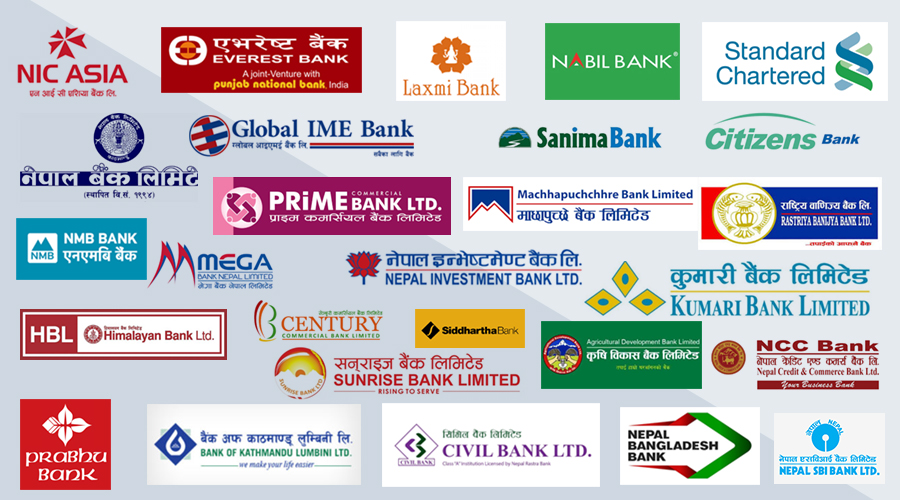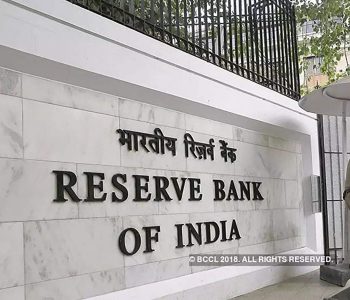Deposit and loan disbursement surge as Nepal’s economy shows signs of recovery

KATHMANDU: Nepal’s banking system has observed a notable rise in deposit collection and loan disbursement since the start of the current fiscal year. According to data from Nepal Rastra Bank (NRB), loan disbursement, which stood at just NPR 2 billion in Shrawan (mid-July to mid-August), spiked to NPR 52 billion by the end of Bhadra (mid-August to mid-September) and increased by an additional NPR 13 billion at the start of Ashwin (mid-September to mid-October).
The surge in deposits has been fueled by a steady rise in remittances and the government’s regular payments of internal debt, including interest and principal. As per NRB’s latest figures, the total deposits in the banking system have reached NPR 6.552 trillion, marking an increase of NPR 56 billion since the end of the previous fiscal year in mid-July. Compared to Shrawan’s figures, deposits have risen by NPR 100 billion.
Similarly, loan disbursement has also seen significant growth. After the fiscal year ended, banks have issued NPR 70 billion in loans. Total loan disbursement, which stood at NPR 5.17 trillion by mid-July, has now increased to NPR 5.24 trillion. However, deposit collection has outpaced loan issuance, leaving NPR 748 billion in investable funds within the banking system.
The average credit-to-deposit (CD) ratio of banks currently stands at 78.58%, while the interbank interest rate remains stable at 3%. NRB has maintained the policy rate at 5% in the current monetary policy. Meanwhile, the average interest rate for bank deposits has fallen to 5.66%, and the average interest rate for loans has dropped to 9.68%, entering single-digit territory.
Interest rates have been declining as liquidity in banks improves, driven by increasing foreign exchange reserves. Since Falgun (February/March) of the previous fiscal year, both deposit and loan interest rates have shown a steady downward trend.
The growth in loan disbursement is linked to NRB’s flexible monetary policy introduced this fiscal year. Increased investor activity and margin lending have boosted demand for loans, while the upcoming Dashain and Tihar festivals have led to higher imports, which in turn has pushed up consumption loan demand.
Imports of goods, which had decreased in Shrawan, saw a rebound in Bhadra. After two years of continuous negative trade balances, the trade deficit turned positive in Bhadra. In Shrawan, NPR 128 billion worth of goods were imported, and this figure rose to NPR 135 billion in Bhadra. Additionally, the remittance inflow during this period stood at NPR 136 billion.
In a positive outlook, the International Monetary Fund (IMF) and the Asian Development Bank (ADB) have both reported that Nepal’s economy is showing signs of recovery. ADB has projected a 4.9% growth rate for Nepal’s economy in the current fiscal year, while also forecasting a balance of payments deficit.
This surge in both deposit and loan activities, coupled with international confidence in Nepal’s economic recovery, signals that the country is moving toward better economic stability.














Facebook Comment